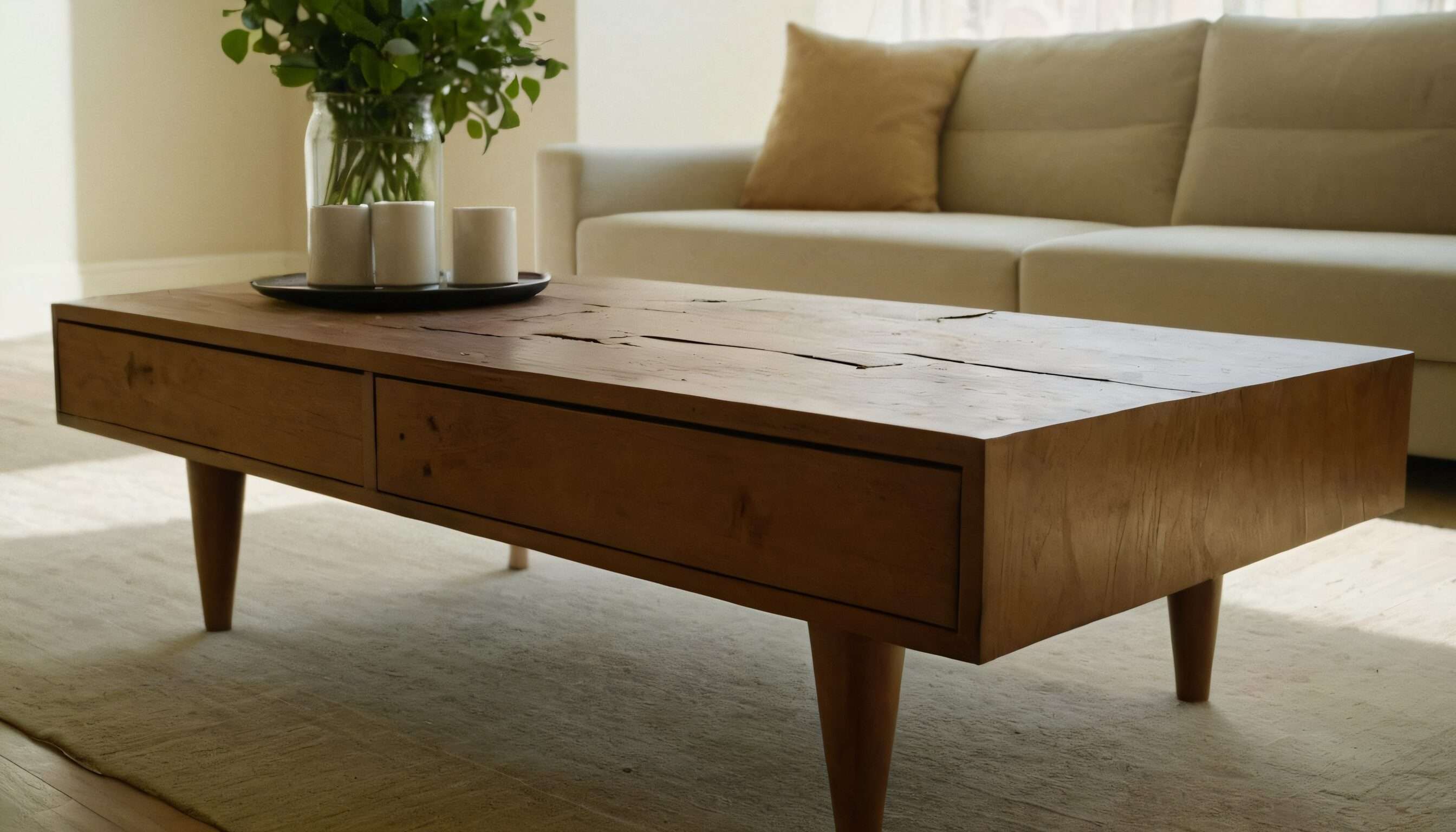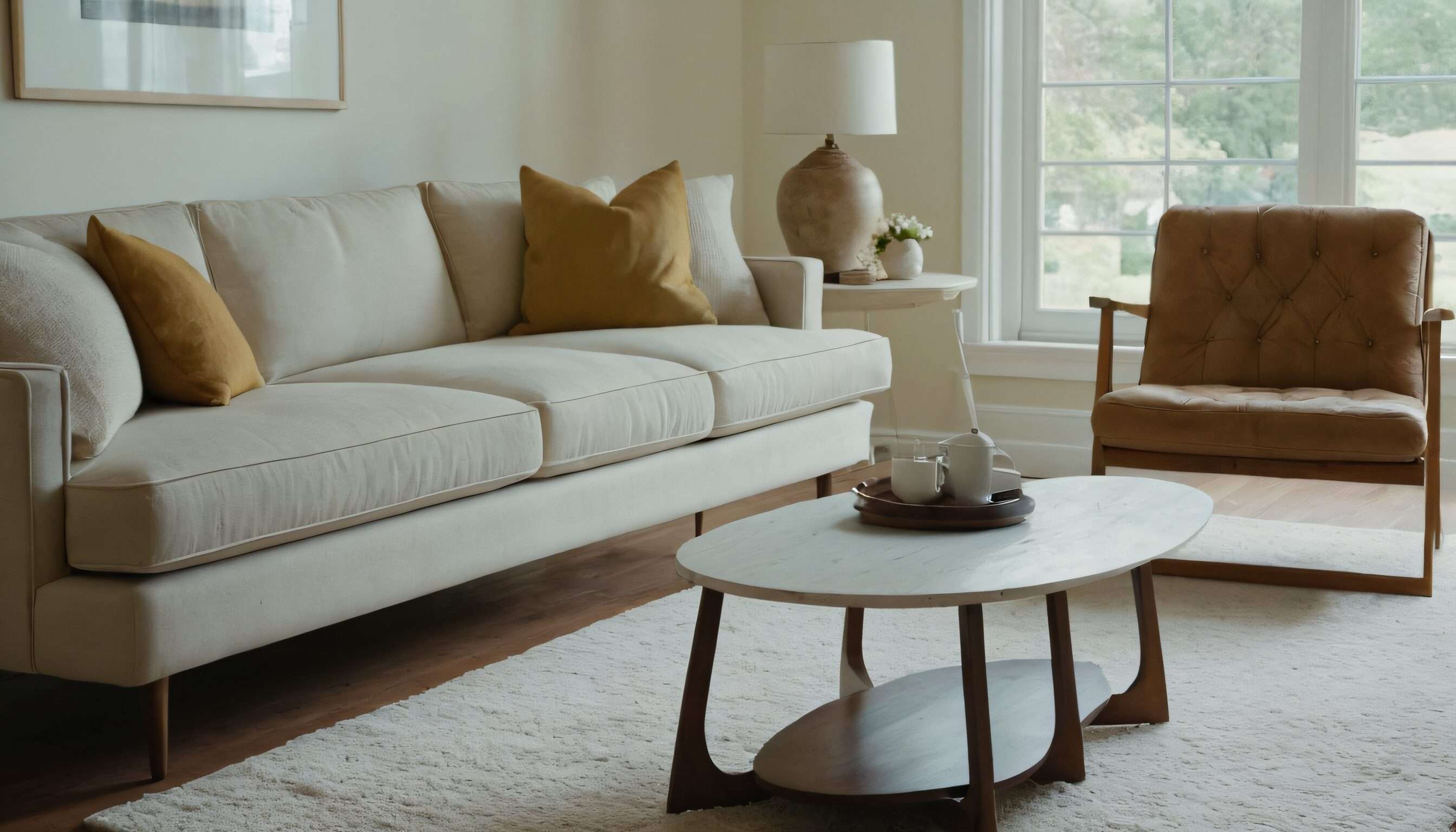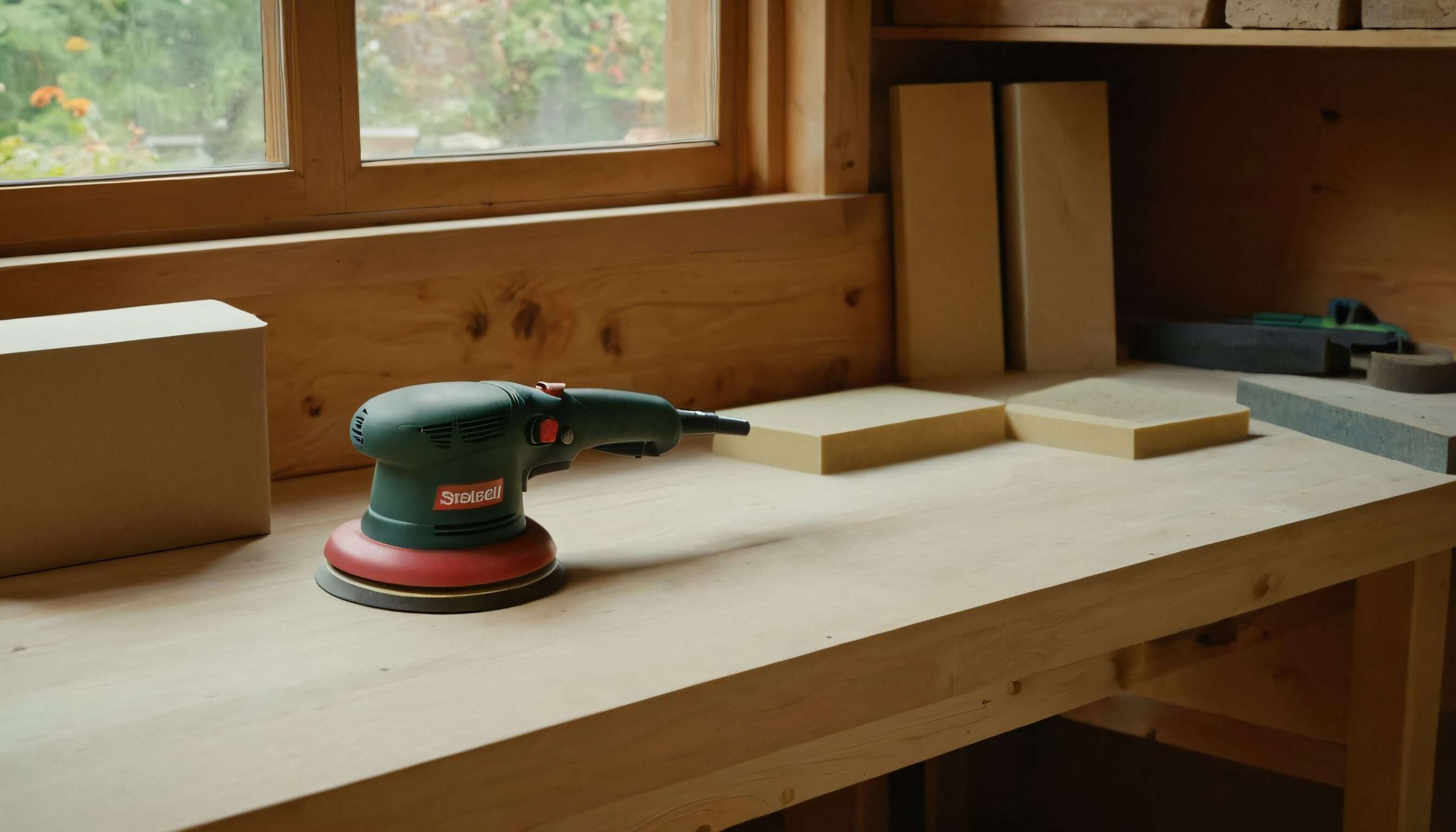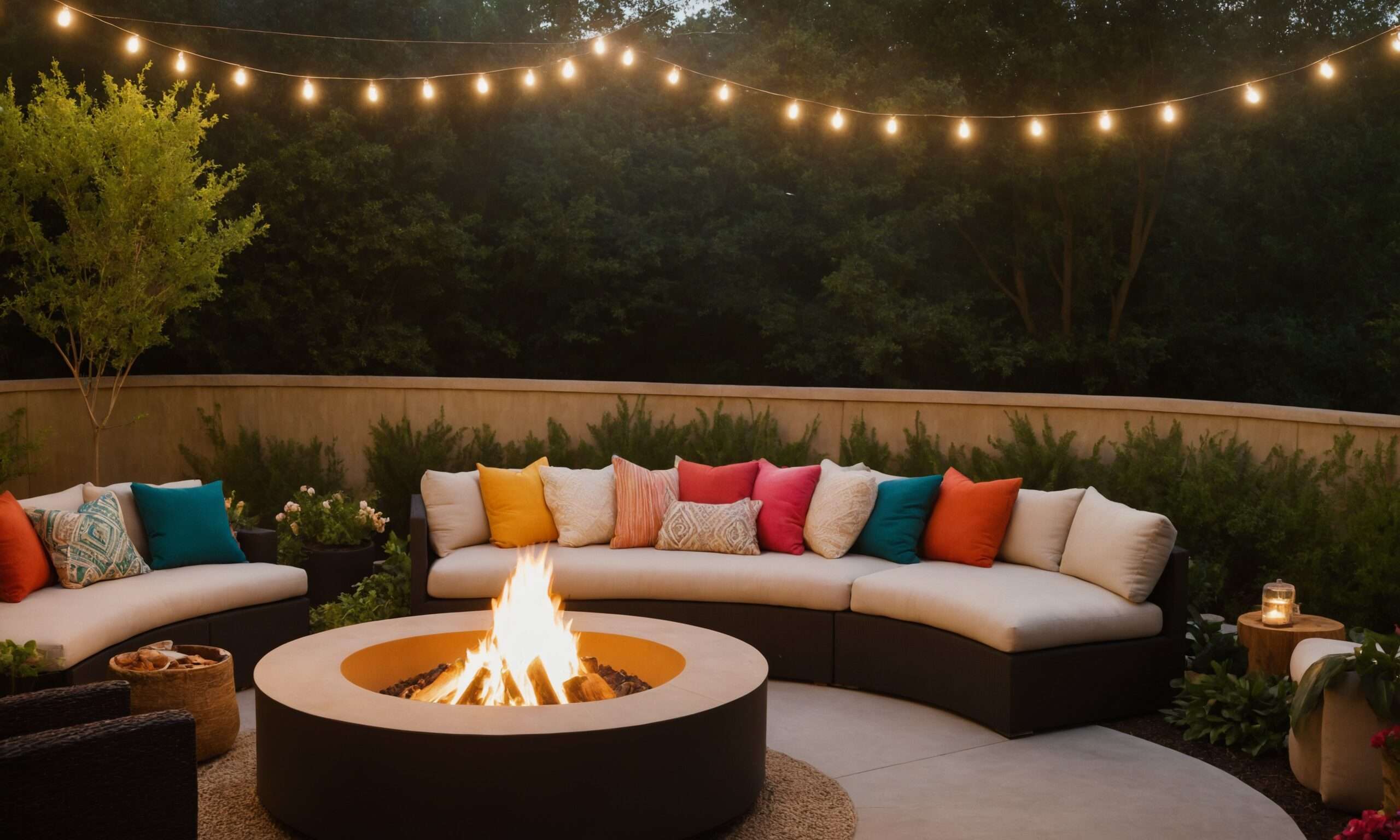In This Article

In today’s world, the need for mental wellness and relaxation is at an all-time high. The pressures of work, family responsibilities, and constant digital stimulation make it harder to find peace and balance. Creating a dedicated meditation space at home isn’t just a luxury—it’s a necessity for managing stress and enhancing emotional well-being. This guide will provide unique and actionable tips to help you create a meditation space that meets your specific needs, promoting a sense of calm and mental clarity in your everyday life.
In This Article
Understanding the Need for a Meditation Space

In a world where work-life boundaries are blurred, finding a space that feels truly yours can be challenging. People are experiencing record levels of stress and anxiety, with few accessible ways to unwind. Creating a meditation space at home addresses this problem by offering a designated area for calm, reducing stress, and promoting emotional resilience.
Many people experience burnout due to lack of boundaries, endless to-do lists, and limited personal space. A meditation area provides a necessary boundary—a physical space where one can disconnect, recharge, and achieve inner balance.
Choosing the Ideal Space

Finding the right location for your meditation space is one of the first steps. While a full room is ideal, even a small corner can work wonders when thoughtfully arranged.
Tips for Selecting the Right Spot:
- Choose Privacy: Look for a space that’s naturally quiet and away from the main areas of activity. A nook in your bedroom or a corner of your living room could be perfect.
- Access to Natural Light: Natural light is calming and helps you stay grounded. Spaces near windows are ideal, as they offer a connection to the outdoors.
- Limit Distractions: Avoid spots near high-traffic areas or sources of noise. Reducing sensory input allows your mind to settle more easily.
Example:
If you’re working with a compact apartment, consider a fold-out floor cushion that you can tuck away when not in use, or use a movable partition to create a sense of separation from your living space
Setting the Mood with Colors and Lighting

The colors you choose and the way you light your meditation area directly impact its ambiance. Your goal is to create a space that invites calm and focus.
Color Choices
- Soft Neutrals and Earth Tones: Colors like soft greens, warm beige, and muted blues promote relaxation and reduce mental clutter.
- Pastels and Cool Colors: Cool tones such as light lavender or pastel teal are known to encourage tranquility and help calm the nervous system.
Lighting Choices
- Natural Light: If possible, position your meditation space near a window. Natural light helps create a soothing, peaceful atmosphere.
- Adjustable Lamps or Candlelight: Soft, adjustable lighting helps create a gentle ambiance. Use dimmable floor lamps or candles to set a warm, calming tone.
- Avoid Harsh Overhead Lights: Direct overhead lights can be too intense. Opt for floor or table lamps with warm, low-wattage bulbs instead.
Pro Tip: Himalayan salt lamps can add both ambient light and aesthetic appeal while also purifying the air, making them a popular choice for meditation spaces.
Incorporating Natural Elements for Grounding

Adding natural elements to your meditation space connects you to nature and encourages feelings of Adding natural elements to your meditation space connects you to nature and encourages feelings of peace and grounding.
Ideas for Bringing Nature Indoors:
- Houseplants: Plants like snake plants, ferns, or peace lilies are not only low-maintenance but also help purify the air.
- Stone and Wood Decor: Small river stones, a wooden tray, or a bamboo shelf add an earthy feel.
- Miniature Zen Garden: Sand gardens with small rakes and rocks can add a tactile component to your meditation routine, helping to center your focus.
Consider Seasonal Updates: Adding seasonal natural decor like fresh flowers in spring or fallen leaves in autumn keeps your meditation space feeling in sync with nature.
Essential Tools and Furnishings

Comfort and functionality are essential in a meditation space. Your setup should support focus, relaxation, and proper posture.
Essential Meditation Furnishings:
- Meditation Cushions and Mats: A floor cushion (zafu) or yoga mat provides comfort and encourages proper posture.
- Blankets and Throws: Having a cozy blanket or shawl nearby can be especially comforting during longer meditation sessions.
- Small Table or Tray: For holding any essential oils, candles, or other small items, a low table or tray keeps everything organized.
Pro Tip: Ergonomic chairs or floor seats can be a great addition, especially if sitting on the floor isn’t comfortable for you.
The Role of Sound in Meditation

Sound has a profound impact on the mind and can either enhance or detract from your meditation experience. Integrate sound in a way that supports relaxation and focus.
Types of Sound for Your Meditation Space:
- Sound Machines or Apps: White noise machines or apps like Calm and Insight Timer offer a range of soothing sounds from ocean waves to rainstorms.
- Natural Sounds: Water features, such as tabletop fountains, provide a calming auditory backdrop.
- Singing Bowls and Chimes: Tibetan singing bowls or soft wind chimes add a meditative sound element that can help you center your mind.
Tip: Create a playlist of nature sounds or calming music that you can use every time you meditate, which will train your mind to enter a relaxed state when you hear it.
Personalization and Mindful Decor

Adding personal items that inspire peace and comfort is essential to making your meditation space feel like a sanctuary. Each item should be meaningful and chosen thoughtfully.
Ways to Personalize Your Space:
- Photos or Art Prints: Frame images or art that evokes serenity. Scenic landscapes or abstract art in soft hues can enhance the calming energy.
- Crystals and Spiritual Objects: Place items like crystals, a Buddha statue, or a meaningful keepsake that resonates with you.
- Affirmations and Quotes: Display a favorite quote or affirmation in a frame or on a small card to inspire mindfulness.
Avoid Overcrowding: While personal items add meaning, avoid over-decorating to maintain a sense of calm and openness.
Practical Tips for Small Spaces and Apartments

If you’re limited by space, don’t let that discourage you. There are plenty of ways to create a dedicated area for meditation, even in the smallest apartments.
Tips for Small Space Meditation Areas:
- Foldable and Portable Options: Use items like a foldable meditation mat or a small basket to store your essentials, making it easy to set up and put away.
- Use of Vertical Space: Shelving can hold plants, a small lamp, or a few decor items without taking up floor space.
- Corner Setup: Utilize a quiet corner where you can add a soft rug, cushion, and a plant for a quick and easy meditation setup.
Consider Movable Partitions: If you want more privacy, consider a folding screen to create a temporary separation from the rest of your room.
Maintaining and Evolving Your Meditation Space

As you continue to meditate, your preferences and needs may evolve. Keep your space fresh and inviting by updating it periodically.
Ways to Refresh and Maintain Your Space:
Experiment with New Layouts: Rearranging furniture or decor items occasionally keeps the space feeling fresh and new, which can enhance your motivation to meditate regularly.
Seasonal Updates: Bring in seasonal decor or switch out textiles based on the season. A cozy blanket in winter or fresh flowers in spring can add a new energy to your space.
Decluttering Rituals: Every few months, assess your space and remove any items that no longer serve you. A clean, uncluttered area helps promote focus.
Conclusion

Creating a meditation space isn’t about aesthetics alone—it’s about giving yourself permission to breathe, reconnect, and find a place of refuge from life’s demands. A thoughtfully designed meditation sanctuary can serve as a gateway to inner peace, empowering you to face daily challenges with resilience and calm. Whether you have an entire room or just a corner, dedicating a space to meditation is an investment in your well-being that yields immeasurable returns.
Additional Resources
- The Good Trade: How to Create a Small Meditation Corner
- Good Housekeeping: Meditation Room Inspiration
- Calm.com Blog: Meditation Room Setup Ideas
- The Spruce: Inspiring Meditation Spaces for Your Home
- House Beautiful: Meditation Room Ideas for Every Space
FAQs
What if I don’t have much space in my home?
Small spaces can be just as effective for meditation. A corner or a spot near a window with a floor mat, small cushion, and a few personal items is all you need. Consider using a portable meditation basket for convenience.
Are there colors to avoid for a meditation space?
It’s best to avoid bright, bold colors like red or neon hues, as they can be stimulating rather than calming. Stick with soft, earthy tones.
Can I meditate with music?
Absolutely. Some people find that gentle background sounds or nature sounds enhance their focus. Just make sure the music is calm and not too engaging.









